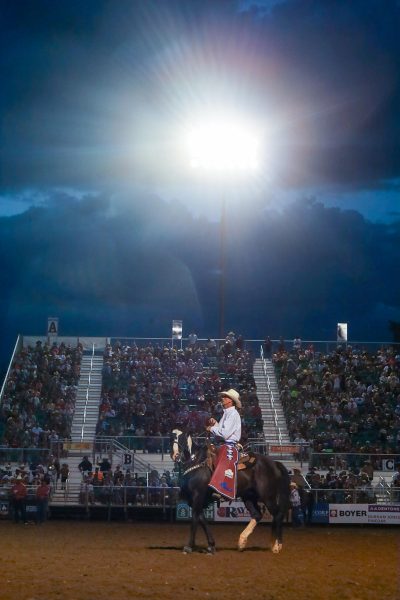A shocking seminar
On Oct. 5, attendees gathered as professors from the University of Utah dove into a seminar, titled “Charging Infrastructure for Electrified Transportation,” to discuss a future of clean, sustainable and resilient energy.
The seminar was led by Masood Parvania, associate professor at the University of Utah, associate chair for research and advancement at the Department of Electrical and Computer Engineering and director of the U of U’s Smart Energy Laboratory.
Parvania began by explaining how modern-day power grids and energy often find themselves in a state of transformation. Currently, the power infrastructure of bulk generation is transmitted multiple times until it is finally distributed to its final location.
Alongside innovation and growth comes new and present threats, such as hurricanes, climate change and other natural disasters that can potentially damage these sources of energy. With this crisis comes a new push for not only creating renewable and clean sources of energy, but resilient and reliable ones.
Parvania then went on to express three goals for the improved power grids and energy systems.
The first goal is to improve reliability; to minimize power outages and losses in energy. The second has to do with the economic aspect of energy; keeping it affordable and not too expensive to pay for. The third goal is to bring the environment into consideration and ensure it is protected and not harmed by these new systems.
To support such a large-scale effort, planning and preparation is not only important, but key to preventing further disasters. Parvania brought up how a lack of planning can result in a problematic situation.
Parvania divides preparation and planning into four different areas. Long-term planning is the beginning; focusing on generation resources and transmission planning, which can take multiple years. Next is mid-term operation planning; centered on maintenance scheduling and fuel and emission planning taking up months.
Then, there is short-term operation centered on security-constrained unit commitment and optimal power flow. Lastly, there is the real-time operation of these new systems, which now need system monitoring and contingency analysis.
Going back to the idea of resilience, Parvania explains in more detail what it means for a power grid to be resilient. A reliant power grid is able to withstand and adapt to rising weather events and quickly recover.
Parvania then brought up multi-stage resilient operation and planning, beginning with a focus on long term analysis and planning, preparatory operation, damage location and isolation and service restoration.
The operation of resilient power systems has evolved as well, with initial responses to outages and issues being manual and all resolved by human interaction. New iterations have seen implementation of AI and other remote interactions with less of a human hand needed to solve new issues.
Parvania then introduced U-Smart’s newest project in collaboration with PacifiCorp called Automated Resilience Management System. ARMS focuses on using new innovative technologies to help solve issues and problems encountered at distribution centers.
Parvania expresses how advancements for automated grid operations is a “double edged sword.” Automation is wonderful for approaching new issues, but it allows for easier cyber-attacks against the system.
“So while we are making sure that they (Power grids) are resilient, we want to make sure our resilience technologies are secure,” Parvania said.














